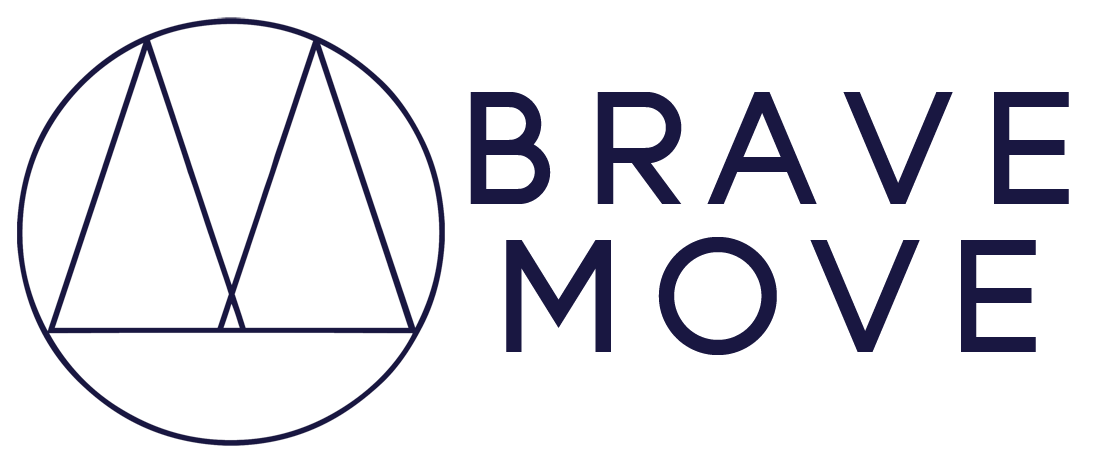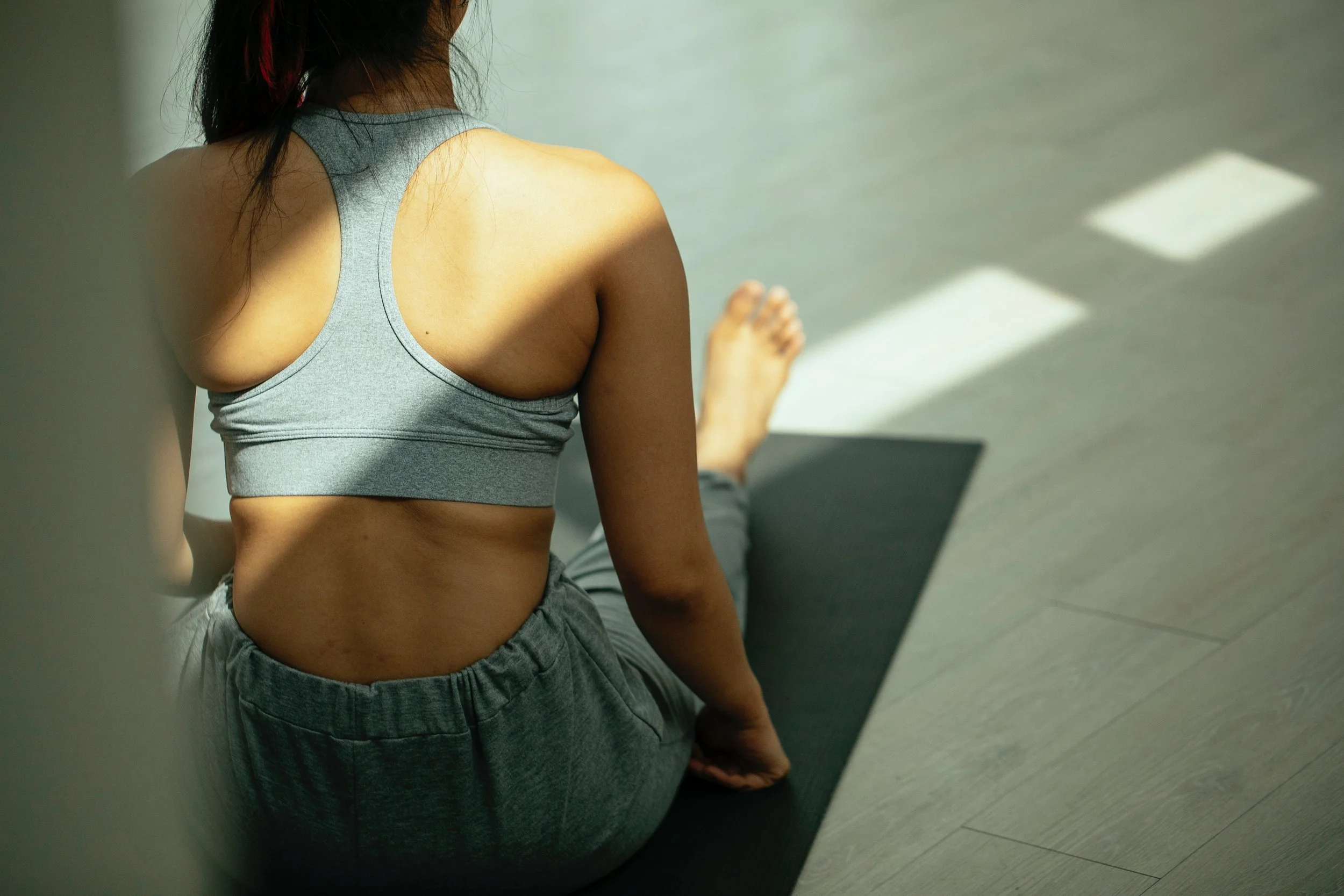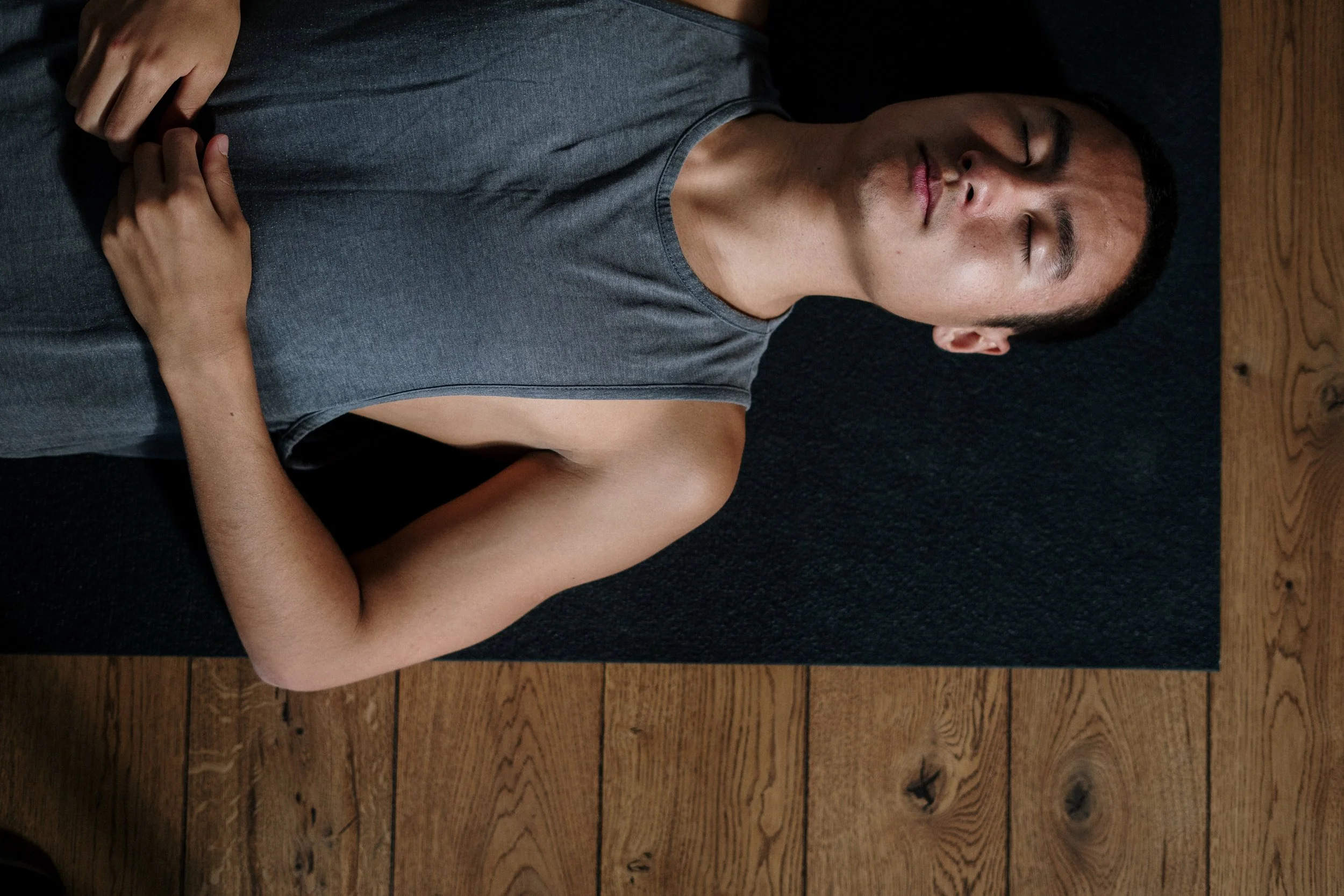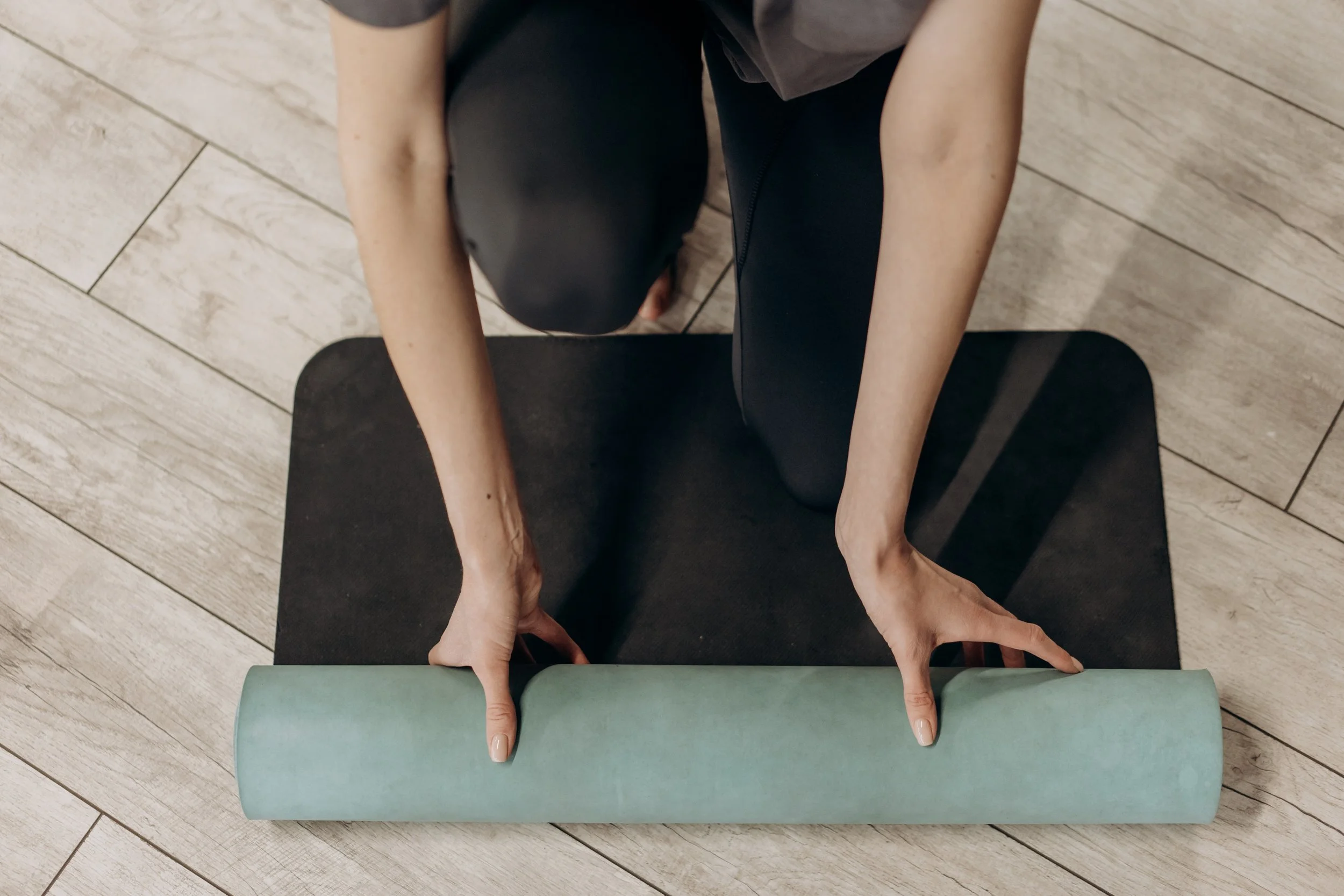How To Listen To Your Body
We’re often told when we exercise to simply listen to our body in order to avoid injury and work at a level that suits us. But this seemingly simple request can be easier said than done and for many of us it can be hard to tune into what our body is telling us.
Body listening is a bit like learning a language; it takes some practice. So let’s look at how exactly you can tune into your body's intuition and care for yourself inside and out.
Slow down
Firstly, you need to be able to slow down in order to take the time to notice. And with our non-stop lives, this means you’ll need to set aside a little bit of time before your workout to pause and tune in. Slowing down gives you the space to listen to your body. It can also give you a chance to intersect your habitual behavior patterns allowing you to question whether what you were doing on autopilot was actually serving you or is in need of a change.
Start with the breath
Taking a few conscious breaths is the perfect place to start to drop into your internal world. ‘Conscious breathing’ simply means bringing your awareness to your breath without getting caught up in your thoughts. You can do this lying, sitting or standing with eyes closed or with a soft gaze, just whatever is comfortable and where you can breathe deeply and are not likely to fall asleep. Then notice how you are breathing, without changing anything. Are you using your mouth or nose to breathe? What body parts move on your inhale and exhale? Does your breath feel tight or flowing, deep or high? Whatever it is, simply just notice without judgment and begin to drop into the subtle world of body listening.
Data Collect
After noticing the breath start to shift your awareness to your body. To prevent yourself from judging your experience (which can get you caught up into your thoughts, rather than staying with sensations), think of yourself as just collecting data. As if you were writing a mini report on your experience and you just needed the facts. You may notice areas are tight, loose, numb, tingling, buzzing, hot or cold. Maybe you feel certain emotions or see images or colours or have particular thoughts. Whatever you notice, just keep collecting data, you don’t need to interpret it or judge it, just observe and stay with it.
Body Scan
A way to observe the body systematically can be to use a body scan. This is a mindfulness meditation practice that helps you to bring your awareness to the sensations in your body, one area at a time.
To do it, lie or sit somewhere comfortably where you won’t be disturbed. First, focus on your breathing for a few moments, gently rising and falling. Then, starting at the toes, bring your awareness to each body part, collecting data as you go. You might like to imagine your awareness is like a light, shining on each area as it goes to bring your attention there; like a scanner scanning a piece of paper. Keep going until you reach the top of the head.
As well as helping you tune into your body, this is a great tool for helping you relax and can be brilliant for letting go of stress and looking after your mental health - win, win!
Move intuitively
After slowing yourself down, settling into the breath and taking time to notice every area of your body, you could then try moving your body intuitively. This basically means move however you feel you would like to move; rather than how you have been told too or because you think it gets you certain gains.
The aim is not to think about how you want to move but to feel it instead. It doesn’t need to look like any particular exercise movement or pose, you just feel an urge and go with it. Like following a trail of breadcrumbs, just keep continuously moving, allowing one movement to lead you to the next.
Practice
Of course these practices are a little different and may not be something you want to do in the middle of a busy gym before your weekly workout, we get that! So instead these practices can be your homework in order to help you tune your ear in. Think of the analogy of learning a language - these techniques are your lessons and study time ready to call upon when you’re out.
Then the next time you're at your strength class, gym session or Yoga studio, you can ‘listen to your body’ and allow the session to suit your body and its needs.
Important note:
These seemingly simple practices can all be deeply profound in their own right and can do much more than just help us with our workouts. Our bodies’ can harbour past experiences and dialogues that can be important messages but also aren’t always easy to hear. So if something comes up that you need to talk about, please reach out to a friend, medical professional or consider talking to an Embodied Therapist.
Want to do this practice with us?
Well you’re in luck! You can do a Body Scan or Moving Meditation with us on Brave Move On-Demand, as well as having access to all of our mind and body workouts - designed to care for you inside and out.






